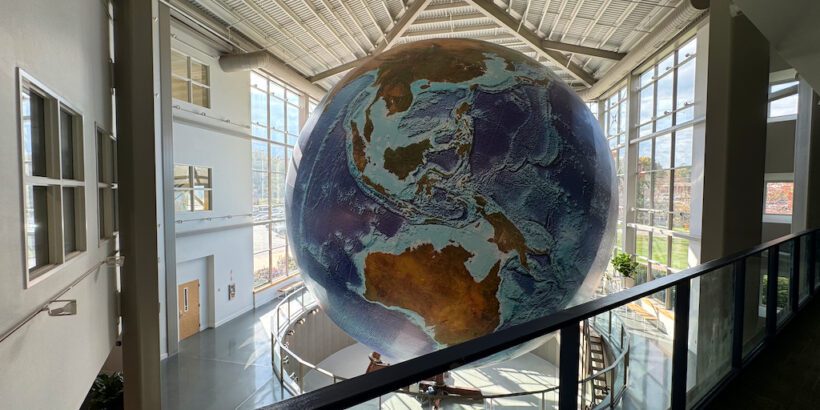As someone who has been travel blogging for 10 years and has produced a lot of reels over the past year—some of which have gone viral—I’ve occasionally heard attacks complaints from people suggesting that I should stop creating content for certain destinations.
These are popular local destinations that some people feel the general public shouldn’t know about for one reason or another.
To open things up, let me say a couple of things.
First, when I mention people who complain about these things, we are talking a very small number of complaints relative to an overwhelmingly large number of positive comments.
And here’s what I’ve learned: you can never make everybody happy. What’s more, if I were to plan my content to appease every small group of complainers, I don’t think I would ever leave the house. People love to complain.
Second, I’m also a huge proponent of free speech, free exploration (and just freedom in general). I don’t believe in telling other people where they can and cannot go, how to speak, what they should look like, etc.
I’ve received DMs and comments that say things like “get out of my state,” and let me just say there will never be a day where I would ever be negatively influenced by something like that. If anything, I’m just going to double down. Yes, New Mexico I’m looking at you!
With that said, I want to dive into the perspective that these people have and explain why I generally will continue to publish content on these local places even if it does upset some people.
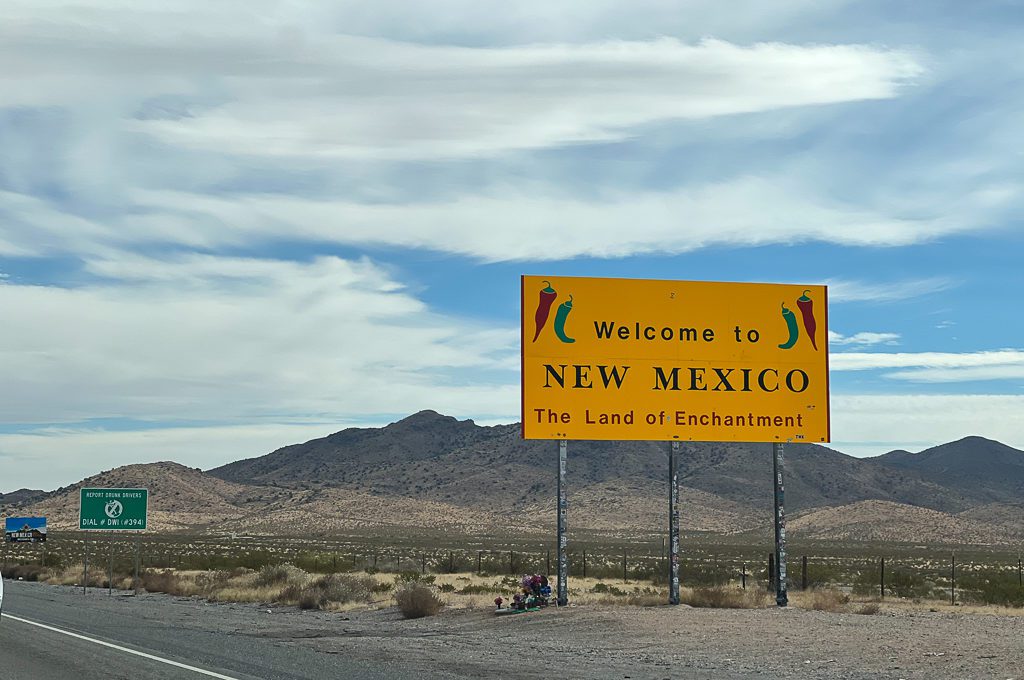
Table of Contents
Why people don’t want their local spots highlighted by content creators
Worried about vandalism
Some people are genuinely concerned that a certain site might be vandalized or damaged by people with bad intentions. So they want to keep that place off the radar.
As I explain below, I legitimately do my best to avoid publicizing places like this. The thing is, places like this are truly rare. More on that later.
Too many tourists!
The argument from these people is that they don’t want anymore tourists coming into their favorite places. More tourists can mean bigger crowds, harder to obtain reservations, people doing obnoxious things, etc. Most of us probably understand the cons of more visitors. I certainly do.
But I’ve got two things to say about this.
Sometimes you just have to deal with it. Sorry, but it’s just the way things are going to go in this day and age. There is just too much information and too many people for noteworthy sites to remain undiscovered. Some places will inevitably get crowded. You just have to adapt.
I would love to be able to visit the Grand Prismatic Spring in Yellowstone without having to park way down the street on a summer afternoon but that’s just not happening. That doesn’t mean I can’t still enjoy it or take other measures to avoid crowds.
More importantly, more visitors can actually be a good thing and I’ll hit on that in a minute.
Psychological ownership
Some people have “psychological ownership” over destinations. It’s a selfish instinct but a deeply human one.
People often feel like they lose a part of what makes them unique or special when others have the same experience. “That’s my special experience, not yours!” Similarly, this can lead to feelings of territoriality over their homes, making them reluctant to let others have the privilege of visiting.
These are very primal feelings that don’t tend to align well with the world we live in today. If you feel them that’s okay (it’s natural and I know feel them sometimes). But I don’t think it’s helpful (or healthy) to give in to feelings like that to the point that you are trying to turn people away from a public place. Let people see the world.
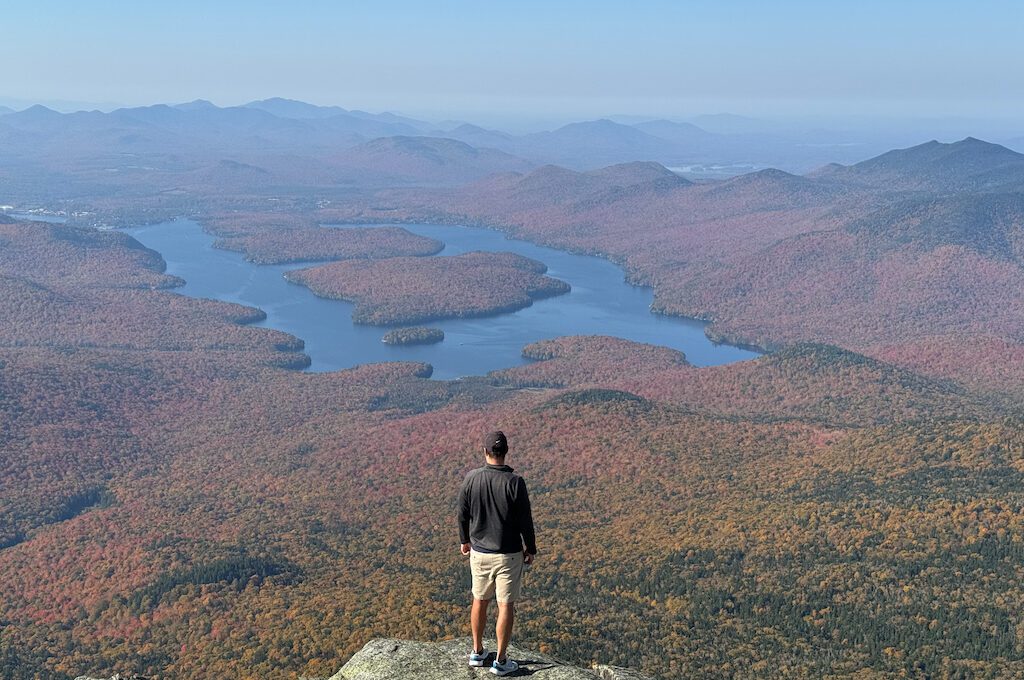
Reasons why I’ll continue to publish on local destinations
Gatekeeping destinations is not in society’s best interest
The world is an incredibly exciting and diverse place, filled with wonders that deserve to be shared and appreciated by more than just the people who grew up near those places.
Some of us are fortunate enough to be born and raised in these extraordinary locations, while others may only dream of visiting them. We should embrace the opportunity to share the amazing things our planet has to offer with those who haven’t had the chance to experience them yet.
For those who worry about increased crowds at their favorite local spots, it’s worth considering this: the joy you might feel revisiting a place for the 6th time doesn’t compare to the awe and excitement someone else feels when discovering it for the first time.
Let’s imagine that some viral content suddenly makes it harder to get a reservation at your favorite beautiful location, meaning you can only visit every two years instead of annually.
While it’s natural to feel frustrated, isn’t it a bit selfish to want to keep others from experiencing that same beauty (for the first time) just so you can have more of it yourself? Why not instead embrace the growing interest in your hometown or favorite destination? Take pride in the fact that others are discovering what makes it special, and use this as an opportunity to explore new places yourself.
Additionally, let’s not forget the power of history in these experiences.
I place a big emphasis on history in my travel content, whether I’m talking about destinations or food. Many of these places have rich, compelling stories that need to be told.
There’s no better way to absorb the lessons of the past than by hearing these stories and visiting the sites where they happened. History is not just about learning facts; it’s about connecting with the past experiences.
If I were to censor my content to appease a small group of gatekeepers, I’d be depriving myself—and my audience—of the opportunity to share these vital stories. These are stories that could inspire, educate, and potentially even change lives.
I know my life has been changed after immersing myself in some of these historical experiences. I’m sure others have as well.
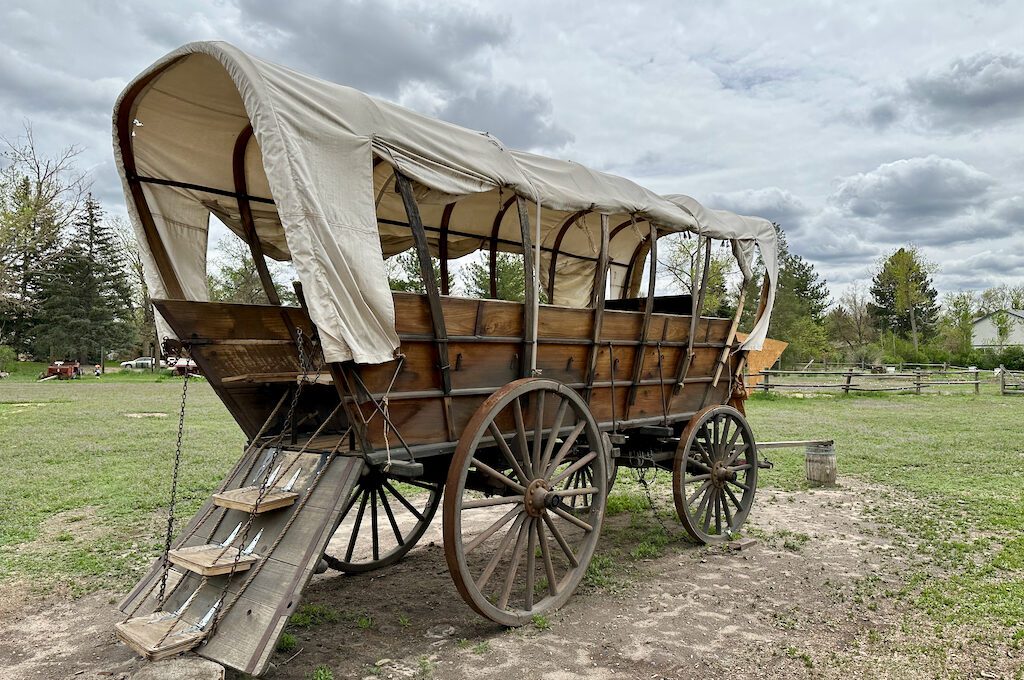
The place has probably already been covered by much larger outlets
I’ve received complaints from people about destinations that have already appeared on the Travel Channel, Nat Geo, etc., not to mention dozens of YouTube videos, city tourism guides, and even tourism commercials.
Those platforms collectively have an order of magnitude larger reach than my most viral content so the idea that I would be somehow revealing it to the world for the first time is just being dramatic.
I honestly believe that sometimes, people are just envious that an individual has carved out a career for themselves doing something they love, so they focus all their negativity on that person. They wouldn’t be attacking the Travel Channel or a state tourism board in the same manner for “leaking” a destination. But an independent, online creator? Release the hate.
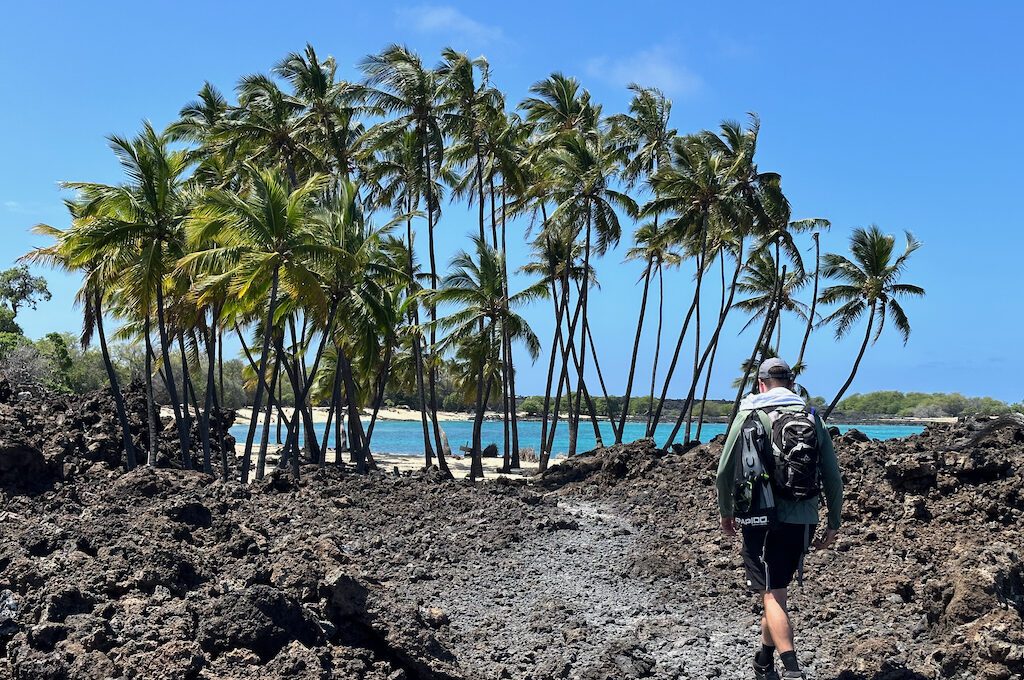
More visitors is not always a bad thing
More people coming to a destination usually means more money being spent in the locale.
Chances are small business owners who run restaurants, ice cream shops, bars, and other places tourists like to go will notice a bump in revenue and probably exposure too. I’m all about helping to support that and it’s why I often make a special effort to mention these type of local places in my content.
A boost in visitors can also act as a catalyst for better tourism management.
You see this with places like national parks. We once did the hike to Delicate Arch in the morning and there were droves of hikers and tour bus groups. It was hell. But when we recently did the hike during the new timed entry system, the crowds were much more manageable. In that case, the increasing crowds over the years actually created a better experience in the end.
More visitors can also encourage better preservation efforts. On a recent visit to Pompeys Pillar, we hiked along a boardwalk system that had cameras and special protective barriers for the important artifacts. These were installed in the 1950s as the site grew in popularity over the decades. So again, more visitors led to better preservation and infrastructure.
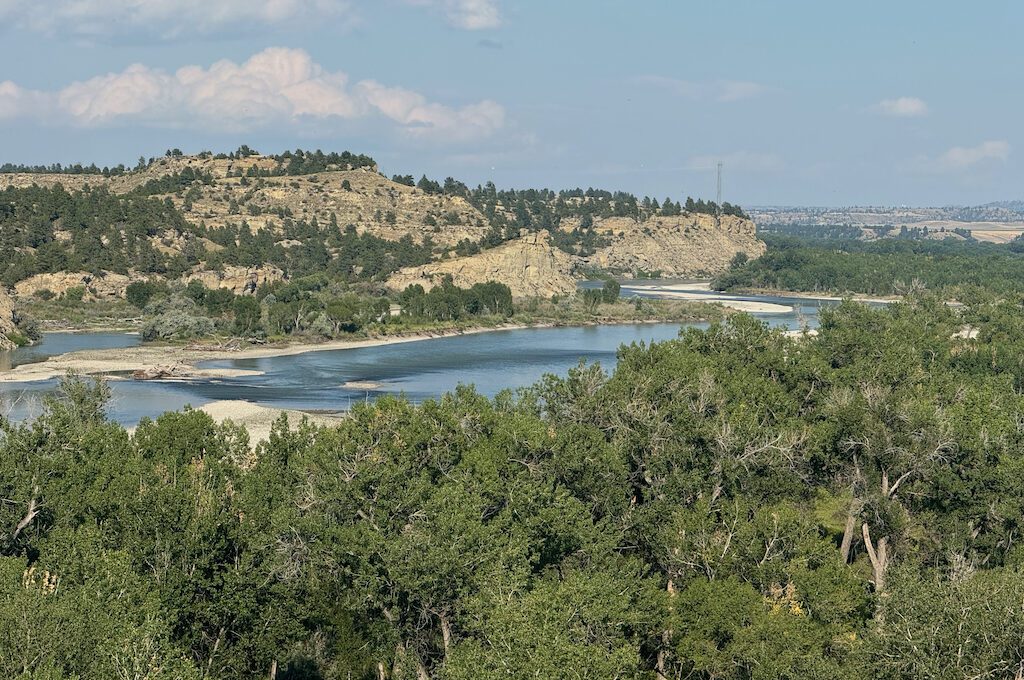
What destinations do I not share?
It’s pretty rare for me to come across a site that I won’t publicize but it has happened a number of times.
There were basically two types of instances where I decide to not publicize.
A vulnerable site
The first is if I feel like this site is threatened or vulnerable in a legitimate way.
For example, there could be petroglyphs that could be easily vandalized or a place that does not have any kind of infrastructure to handle an influx of people or to prevent people from doing idiotic things that could ruin the site.
This has been extremely rare but it has happened a couple of times where it didn’t feel like a place was “ready for publicity.”
This is in stark contrast to places like national monuments, state parks, and other landmarks that people are protective about. Those almost always have the infrastructure in place to handle visitors.
Bona fide hidden gems
Once, while exploring the Upper Peninsula of Michigan in search of specific types of stones, I met a local who shared information about a hidden beach ideal for hunting these treasures. This was significant because it made finding them much easier (btw, the rocks are continuously replenished from the lakebed).
The beach was indeed a fantastic find. However, I chose not to publicize this location because it felt like a personal tip given in confidence. If a local shares a special spot that seems like a genuine hidden gem among locals, I prefer to keep it private out of respect for that trust.
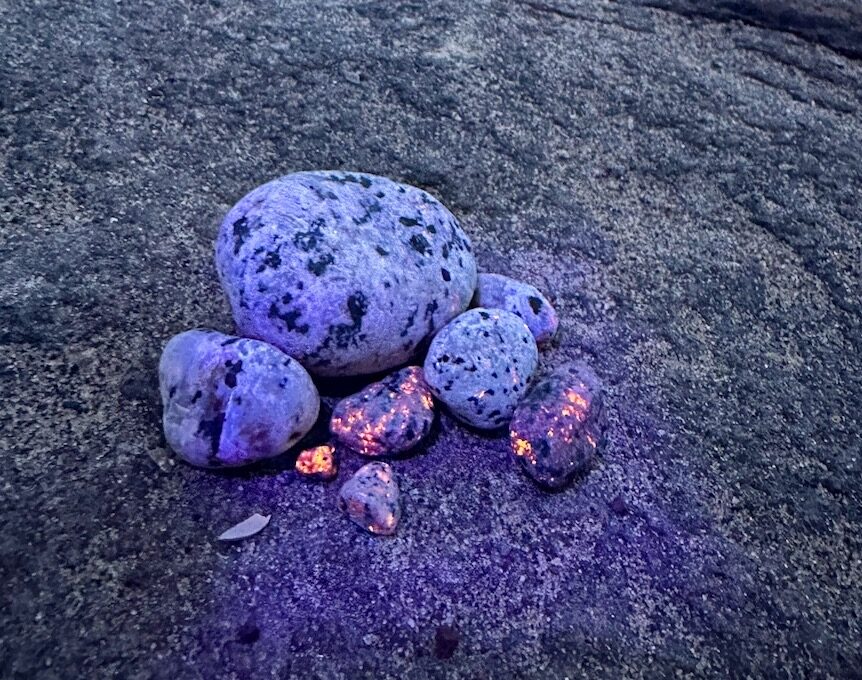
Ultimately, my goal is to share the beauty and diversity of our world. I want to respect both local communities and the unique nature of each place.
I realize increased tourism has its challenges. Yet, it also brings benefits. More visitors can support local businesses. They can drive better management and preservation efforts. And it can bring a lot of education and inspiration to different people.
I would encourage locals to be open minded to all of the benefits of increased exposure and to turn down the dial on attacking content creators who responsibly promote destinations.
Daniel Gillaspia is the Founder of UponArriving.com and the credit card app, WalletFlo. He is a former attorney turned travel expert covering destinations along with TSA, airline, and hotel policies. Since 2014, his content has been featured in publications such as National Geographic, Smithsonian Magazine, and CNBC. Read my bio.

